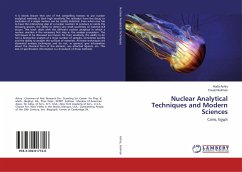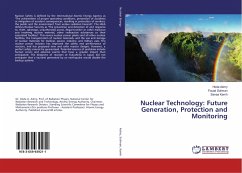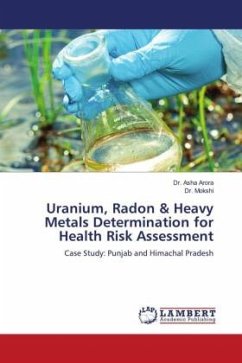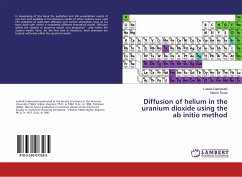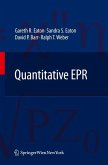It is clearly shown that one of the compelling reasons to use nuclear analytical methods is their high sensitivity.The radiation from the decay or excitation of a single nucleus can be readily detected. Even when one has to have the intervening step of a nuclear reaction to produce or excite the decaying species, the ability to detect very small quantities of material still occurs. This book deals with the different nuclear analytical in which a nuclear reaction is the necessary first step in the analysis procedure. The techniques to be discussed are known for their sensitivity, the ability to do non a destructive analysis of a large number of samples, sometimes quickly and the ability to analyze the surfaces of materials. All these techniques are elemental analysis techniques and do not, in general, give information about the chemical form of the element, any attached ligands, etc. This lack of specification information is a drawback of these methods.

